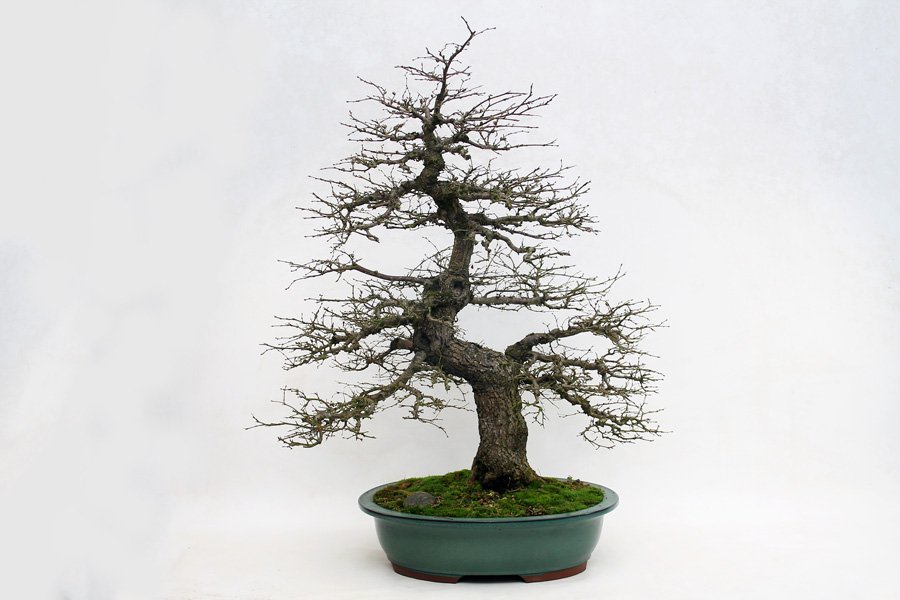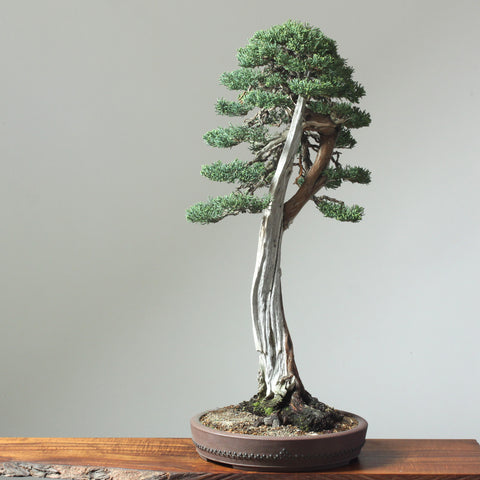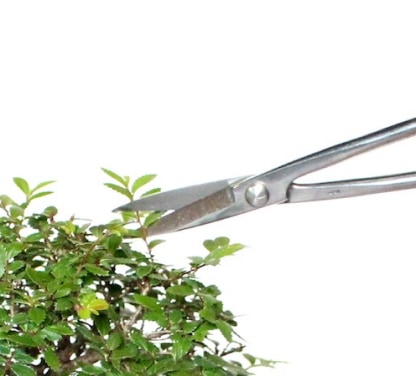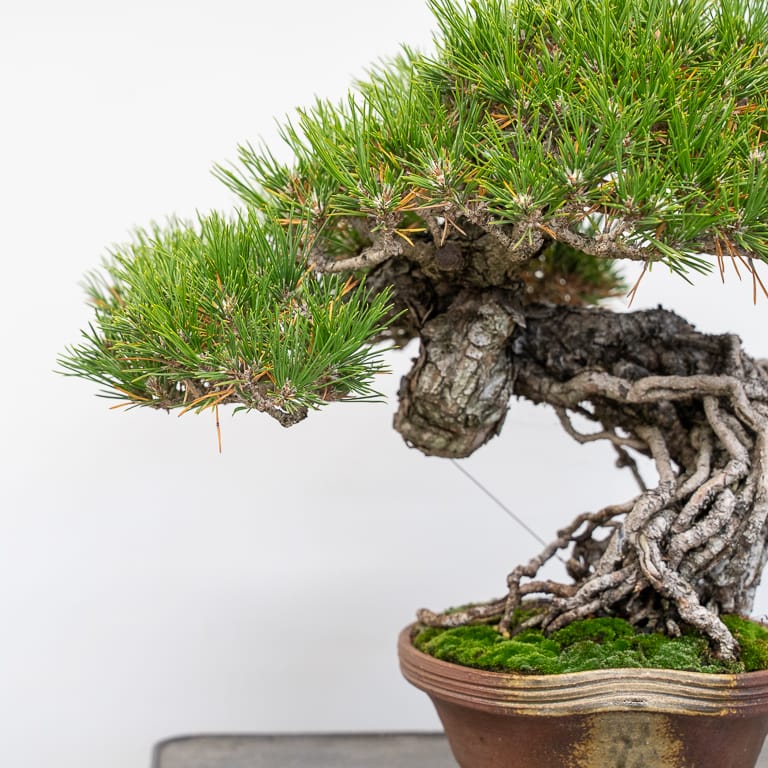Bonsai trees are a labor of love and require a great deal of time, patience, and skill to create. This makes them quite expensive compared to other types of plants, but their beauty and uniqueness make them well worth the price tag in many circumstances.

Undertaking a Significant Investment of Time and Labor.
It takes many hours of labor to choose and prepare a bonsai tree for the correct growth conditions and to ensure its health is maintained. Each bonsai tree must be meticulously pruned, shaped, watered, and looked after on an ongoing basis. This time and effort that goes into caring for each individual bonsai tree represents a huge part of what makes them so pricey compared to other plants.

The Duration of the Bonsai Trees Growing Process.
An important factor that affects the cost of bonsai is the duration of the growing process. While some bonsai trees may take a few years to develop into the desired state, others can take several decades before they reach perfection. As you’d expect, those bonsai which require more time and effort to nurture are typically more expensive than others due to the longer period of labor required.
The Quality of Care, Tools and Techniques Used to Grow the Bonsai trees.
The quality of care, tools and techniques used to grow a bonsai also affect its price. Specialized pruning shears, soil compost, sprayers and other proper tools need to be acquired in order to ensure the perfect development of the bonsai tree. Furthermore, experienced bonsai masters charge more than novice workers as they have extensive knowledge and experience in handling such delicate plants. All these factors increase the cost associated with a bonsai tree.

The Specialized Resources Needed to Maintain a Bonsai Tree.
Caring for a bonsai tree requires more than just water and sunlight—it also demands specialized resources to keep the bonsai healthy and looking aesthetically pleasing. Pruning shears, soil additives, fertilizers, pesticides and other specialty tools are all required for the upkeep of a bonsai tree. Furthermore, experienced professionals or master gardeners need to be consulted in order to get the best results. All these costs may not be included in the initial purchase price but they can add up to significantly increase the total cost.

Rarity and Demand for Certain Species and Styles of Bonsai Trees.
Certain species of bonsai trees, and certain types of pruning styles, are rare and therefore, more expensive. Species like Japanese maple and juniper bonsai tend to be more costly depending on their age and the level at which they have been shaped. Meanwhile, classic styles like formal upright or informal upright require even more effort to achieve a desired design, which can also increase the cost.


